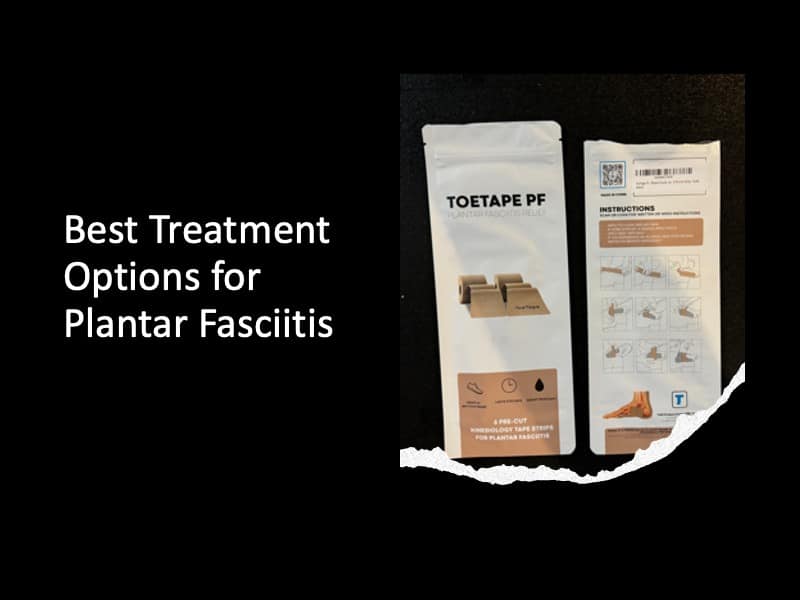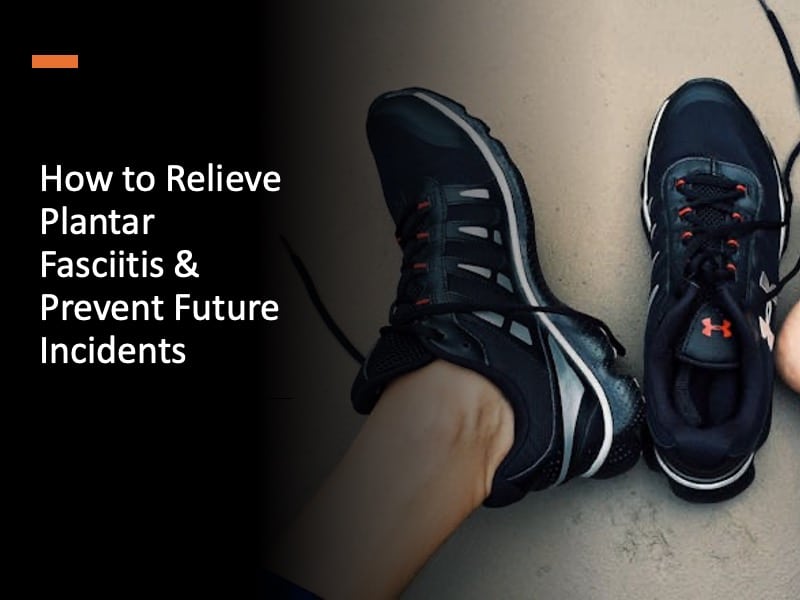How to Relieve Plantar Fasciitis & Prevent Future Incidents
Plantar fasciitis can be stubborn and slow to heal, but you can relieve plantar fasciitis pain and regain full movement ability with the right strategy!
Plantar fasciitis has been a challenge in my life as a professional basketball player from time to time, especially considering the repetitive stress I place on my feet during training and games.
This condition, which is one of the most common causes of chronic foot pain, affects not only athletes but also people with sedentary lifestyles.
For me, the pain was most intense during training sessions and practices, making it feel like moving on sharp nails.
Over the years, I learned that consistent foot care, mobility exercises, and targeted therapies could make a substantial difference in managing and alleviating the discomfort.
My experience taught me that while plantar fasciitis can be stubborn and slow to heal, with the right strategies, it’s possible to overcome the pain and regain full mobility, allowing you to get back to your best—whether on the court or in everyday life.
What is Plantar Fasciitis?
Plantar fasciitis develops when the plantar fascia, a thick band of tissue that supports the arch of your foot, becomes inflamed due to repetitive strain or micro-tears.
This condition is frequently linked with tightness in the calf muscles, particularly the gastrocnemius.
The pain typically originates from the medial tubercle of the calcaneus, where the fascia connects to the heel bone (Latt et al., 2020).
Best Treatments for Plantar Fasciitis

Addressing plantar fasciitis requires a multifaceted approach that includes mobility exercises, soft tissue work, appropriate footwear, and more. Below are some of the most effective strategies to help relieve pain and facilitate recovery.
Improve Foot and Ankle Mobility
Enhancing the mobility of your toes and ankles is crucial in reducing the stress placed on the plantar fascia. Foot and ankle mobility exercises can loosen the tight muscles around your feet, helping to distribute pressure more evenly when you walk or stand.
Recommended Exercises:
- Toe stretches: Regularly stretching your toes can increase flexibility and alleviate stiffness.
- Ankle circles: Performing slow circles with your ankles can improve joint mobility and reduce tension in the surrounding tissues.
Self-Massage for the Plantar Fascia
Massaging the bottom of your foot is one of the most effective ways to relieve plantar fasciitis pain.
Using a self-massage tool like a lacrosse ball or a vibrating device such as the Hyperice Hypersphere can help break up adhesions in the fascia and stimulate blood flow to the area.
How to Perform Self-Massage:
- Place the massage tool under your foot while seated or standing.
- Roll your foot back and forth over the tool, focusing on any tender spots.
- Apply gentle pressure and perform this for 2-3 minutes on each foot.
Last update on 2025-04-15 / This article includes affiliate links/Images via Amazon Product Advertising API. I may earn commissions on purchases made through these links.
Use Kinesio Tape for Support
Kinesio tape can provide excellent support for the plantar fascia by reducing strain and improving blood circulation. Taping the foot, particularly with a quality product like ToeTape kinesio tape, can help alleviate pain during daily activities.
The brand ToeTape offers high-quality kinesio tape specially designed for plantar fasciitis. If you have consistent plantar fasciitis and kinesio tape works, ToeTape products are a very convenient option.
Last update on 2025-04-15 / This article includes affiliate links/Images via Amazon Product Advertising API. I may earn commissions on purchases made through these links.
Soft Tissue Massage for the Posterior Chain
The posterior chain, including the calves, Achilles tendons, hamstrings, and glutes, plays a significant role in transmitting force through the legs and feet. Soft tissue massage of these areas can help reduce, decreasing the strain on the overall tension plantar fascia.
Using a foam roller for your posterior chain will help reset muscle tissue tension and relieve some of the root causes of plantar fasciitis.
Benefits of Soft Tissue Massage for Posterior Chain:
- Calves and Achilles: Loosening tight calf muscles can reduce the pull on the plantar fascia.
- Hamstrings and Glutes: Releasing tension in these areas can improve overall leg function and support.
Change Your Footwear
Wearing worn-out shoes or shoes with insufficient support can significantly contribute to plantar fasciitis.
Switching to the best workout shoes you can buy with adequate arch support and cushioning is essential. Orthopedic insoles can provide additional comfort and help correct foot posture.
Limit High-Impact Activities
Reducing activities that involve running or jumping on hard surfaces can prevent further irritation of the plantar fascia.
Focus on low-impact exercises until the inflammation subsides, and gradually reintroduce high-impact movements as your pain diminishes.
Topical Pain Relief
Using topical pain relief products can be an effective alternative to oral medications like ibuprofen.
Products like the Raw Botanics Pain Relief Roll On offer targeted relief without the systemic side effects associated with NSAIDs.
Ice and Heat Therapy
Alternating between ice and heat can help alleviate pain and promote healing. Ice packs can reduce inflammation, while heat packs or warm water soaks improve blood flow to the area.
How to Use Ice and Heat Therapy:
- Ice: Apply for 15-20 minutes to reduce swelling and numb the area.
- Heat: Use heat therapy after the initial inflammation has subsided to relax tight muscles.
Focus on Functional Fitness
Building a strong, balanced body through functional fitness is one of the best long-term strategies to prevent plantar fasciitis. Developing strength and mobility in your legs can reduce muscle imbalances and promote healthier movement patterns.
For workout ideas, check out my Workout of the Day category.
Final Thoughts: What to Do if You Can’t Relieve Plantar Fasciitis Pain on Your Own?
Relieving plantar fasciitis requires a comprehensive approach that combines improving mobility, using supportive tools, and engaging in targeted fitness training.
With a focus on reducing muscle imbalances and strengthening the posterior chain, these strategies can lead to long-term relief and improved foot health. Investing time in these practices not only alleviates pain but also enhances your overall quality of life by promoting functional movement and reducing the risk of future flare-ups.
For those who do not respond to conservative treatments within six months, minimally invasive procedures or surgery may be necessary.
Options like platelet-rich plasma injections, corticosteroid injections, and gastrocnemius release can stimulate healing or provide pain relief.
However, these approaches should be considered as a last resort due to potential risks such as plantar fascia rupture or fat pad atrophy.





